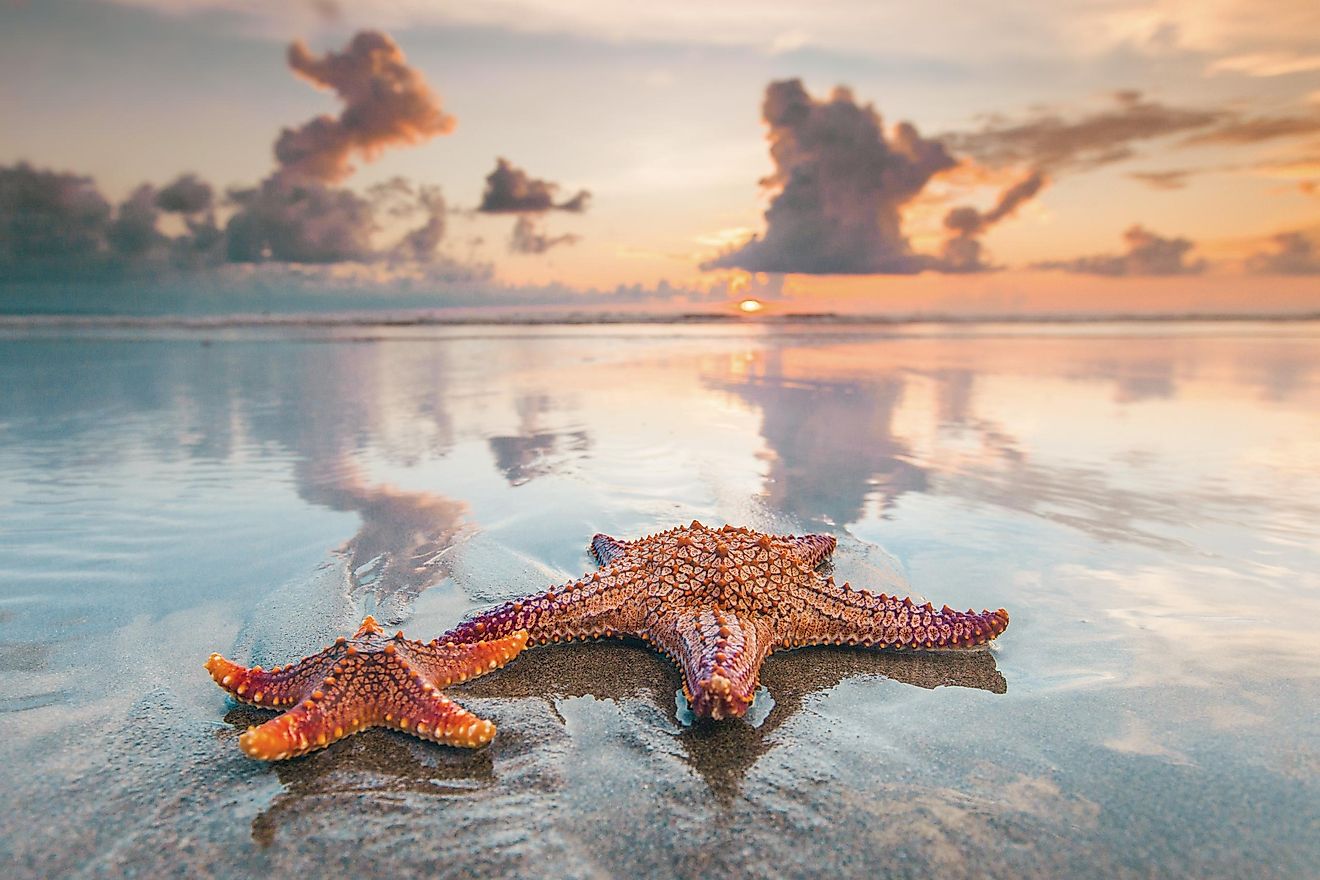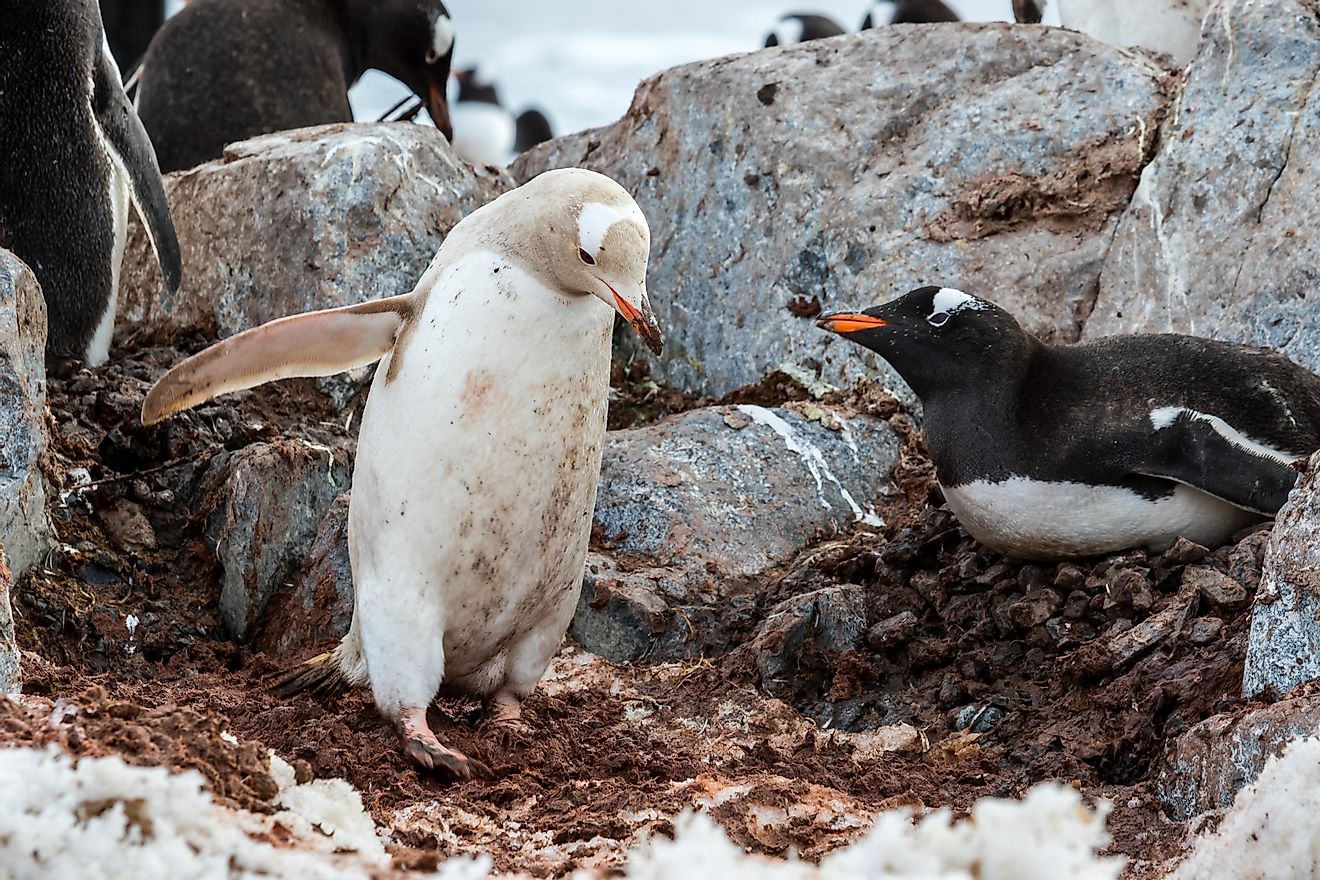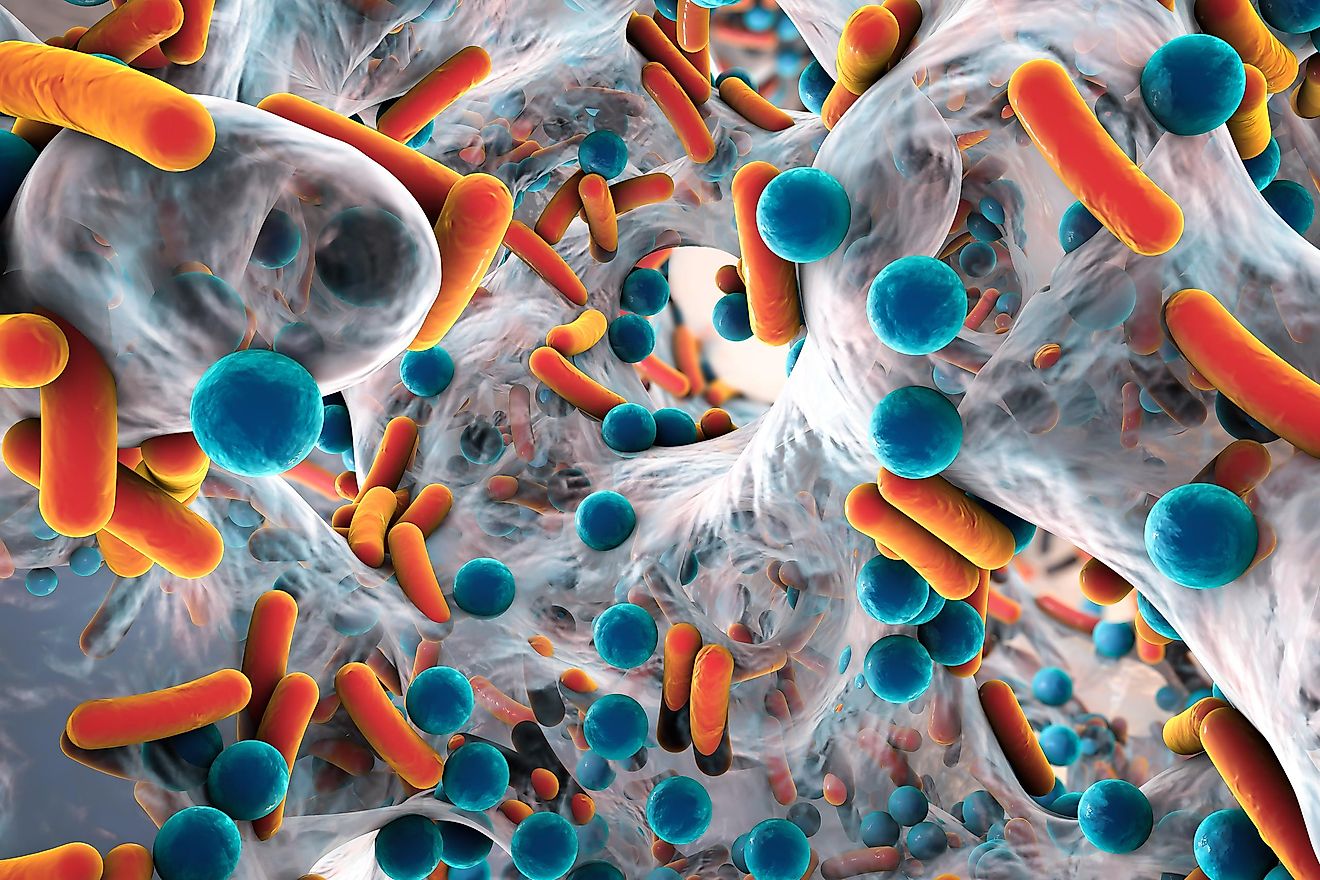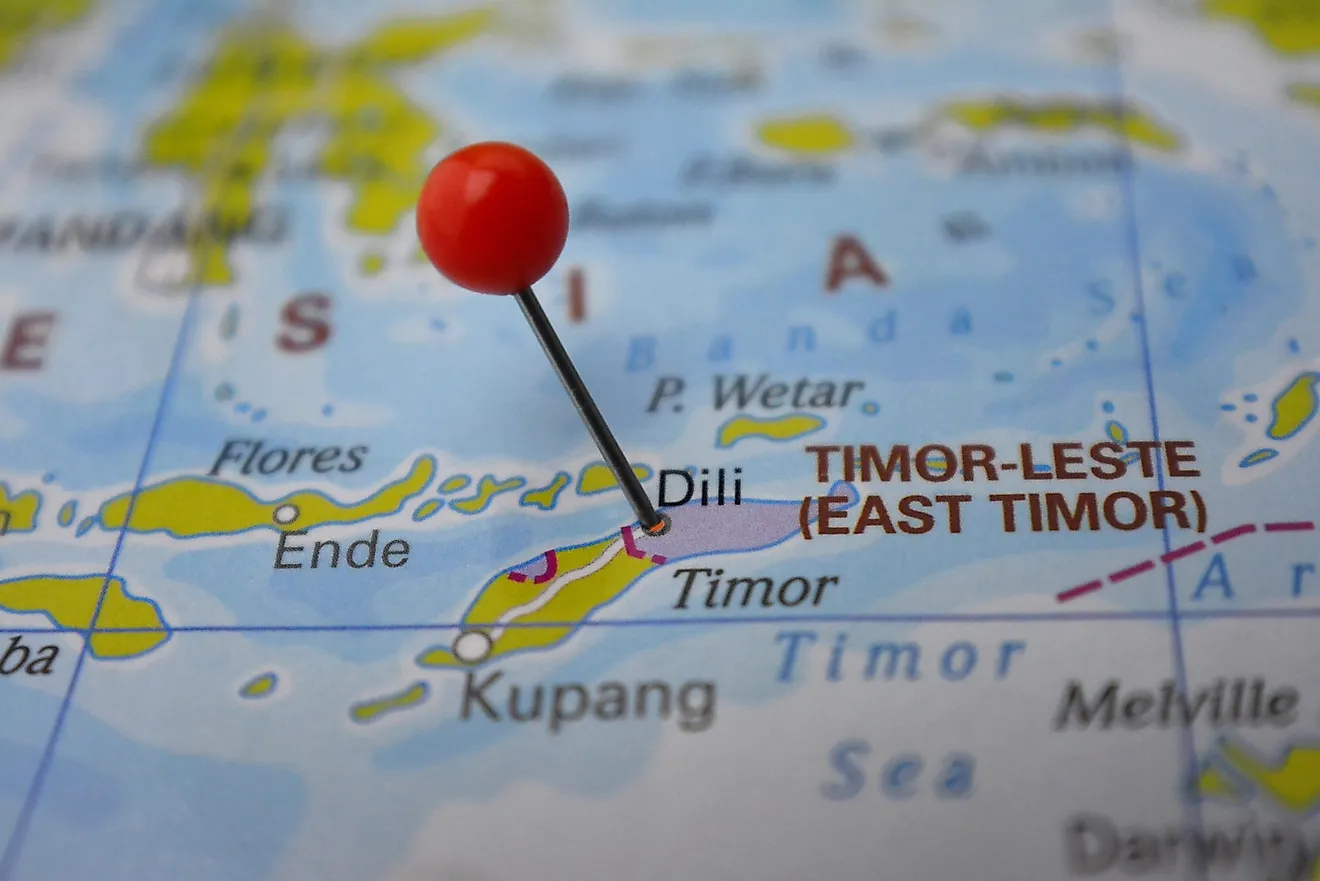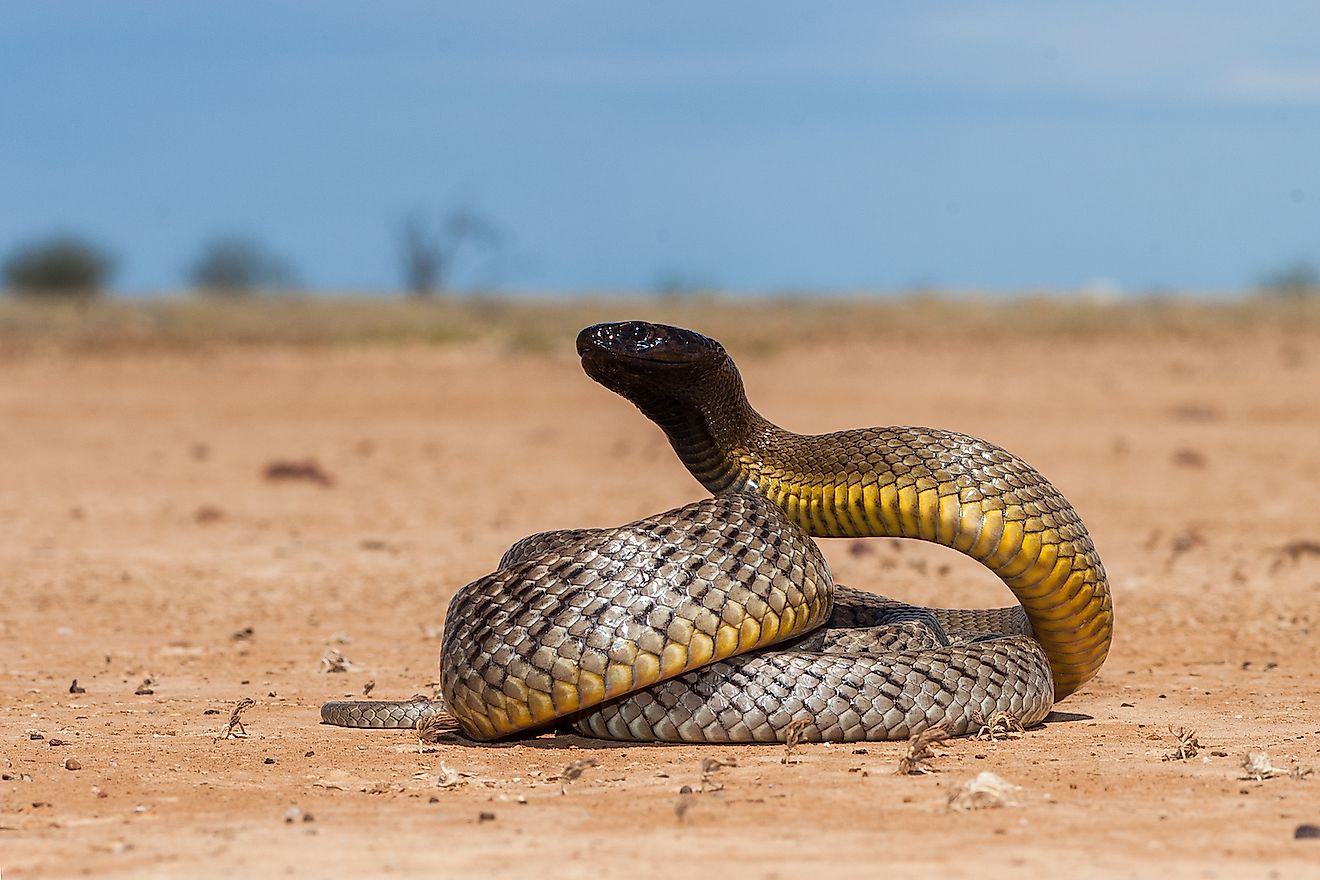Are Polar Bears Really Dying?
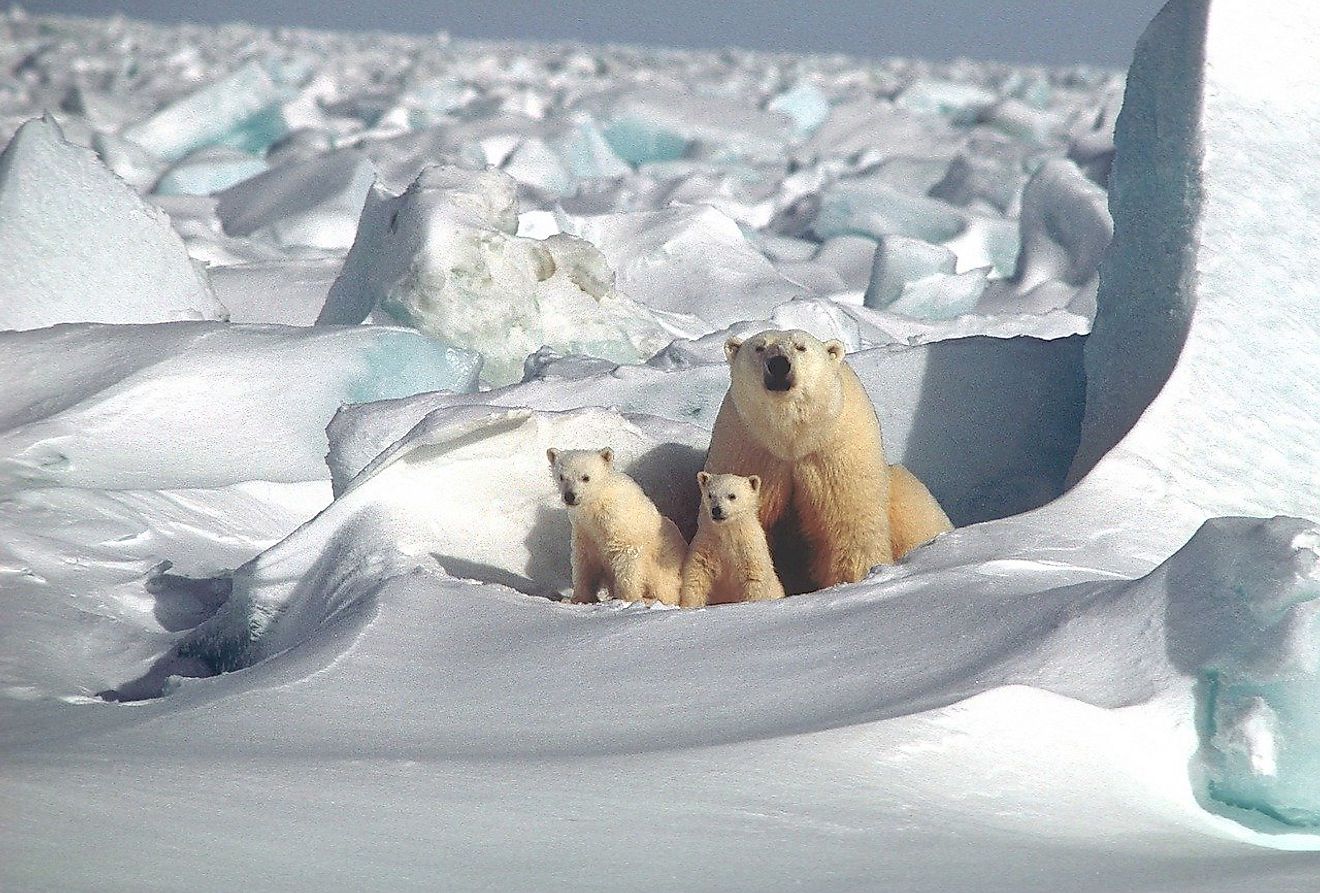
- Polar bears are considered marine mammals because they spend most of their lives at sea.
- Polar bears are called nanuq (nanook) in the Inuit language of Inuktitut.
- Polar bears are global citizens, making their home in the Americas, Europe, and Asia.
Polar bears are the most recognizable animals of the Arctic. These massive creatures inhabit the icebergs, ice sheets, and permanent areas of snow in the northern polar region and are intrinsically linked to the cultures and economies of the Arctic peoples. Today the survival of the polar bear is under threat, and the protection of their habitat is at the forefront of numerous initiatives, but how threatened are the polar bears?
At Risk Species
In May 2008, the United States listed polar bears as a threatened species under the Endangered Species Act. Canada, home to two thirds of the world’s polar bear population, listed the polar bear as a species of "Special Concern" under the Species at Risk Act (SARA) in November 2011. At present Canada does not consider them as a species threatened with extinction, however, because the population of 20,000-25,000 worldwide is small but stable, and their wild territory is unrestricted across Canada, Russia, Greenland, the US, and Norway. That final part of the definition regarding territory size, however, is in danger due to climate change.
Loss Of Sea Ice
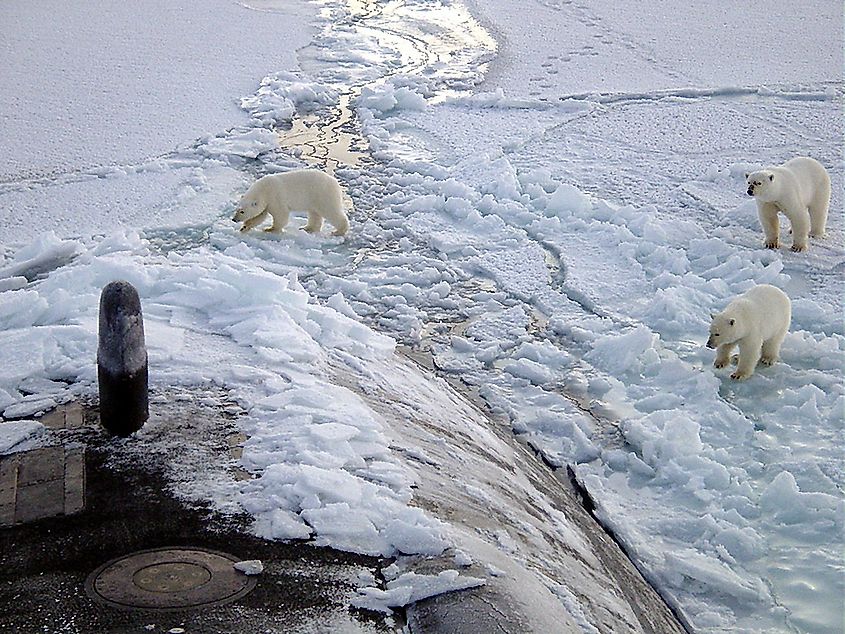
The biggest threat to polar bears is the reduction of their sea ice habitat. Scientists have determined that sea ice is shrinking by 14 percent per decade. As marine animals, polar bears spend a lot of their lives either swimming in the Arctic Ocean or on the sea ice. Layers of fat and water-repellent fur insulates against the frigid temperatures, and helps them swim at a speed of up to six miles per hour. Climate change is causing sea ice to break up sooner in the spring and later in the fall, with less ice formed in total. Bears are forced to stay on land longer, resulting not only in fasting but also burning huge amounts of energy as they travel farther distances to reach the remaining ice. Bear populations could decrease by two thirds, down to less than 10,000 by 2050, if the ice continues to disappear. Both this loss of habitat and the reduction in numbers would put polar bears on the threat of extinction list.
Counting Calories
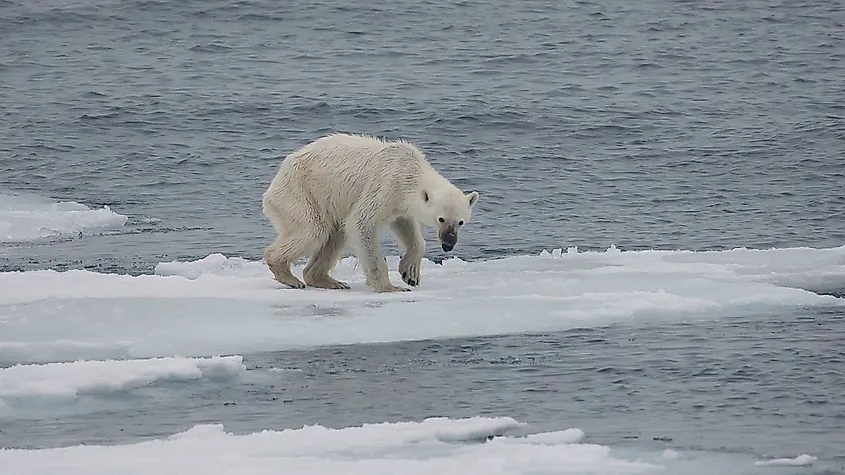
The biggest carnivores on the planet at up to 1,100 pounds, polar bears rely almost exclusively on one type of prey: seals. To do so, they lay in wait by icy air holes, ready to pounce. Although much of the day is spent laying in wait, bears burn nearly 2,325 calories daily, most of it from stored fat. Without sea ice, polar bears can not catch seals. And without their exclusive diet of seal fat, polar bear populations may starve. This has sent bears in search of other food sources, namely human garbage. Unfortunately, food waste from humans does not contain the high level of fat needed, and it introduces the bears to another threat: hunting. Although a protected species, limited polar bear hunting is permitted throughout the Arctic.
